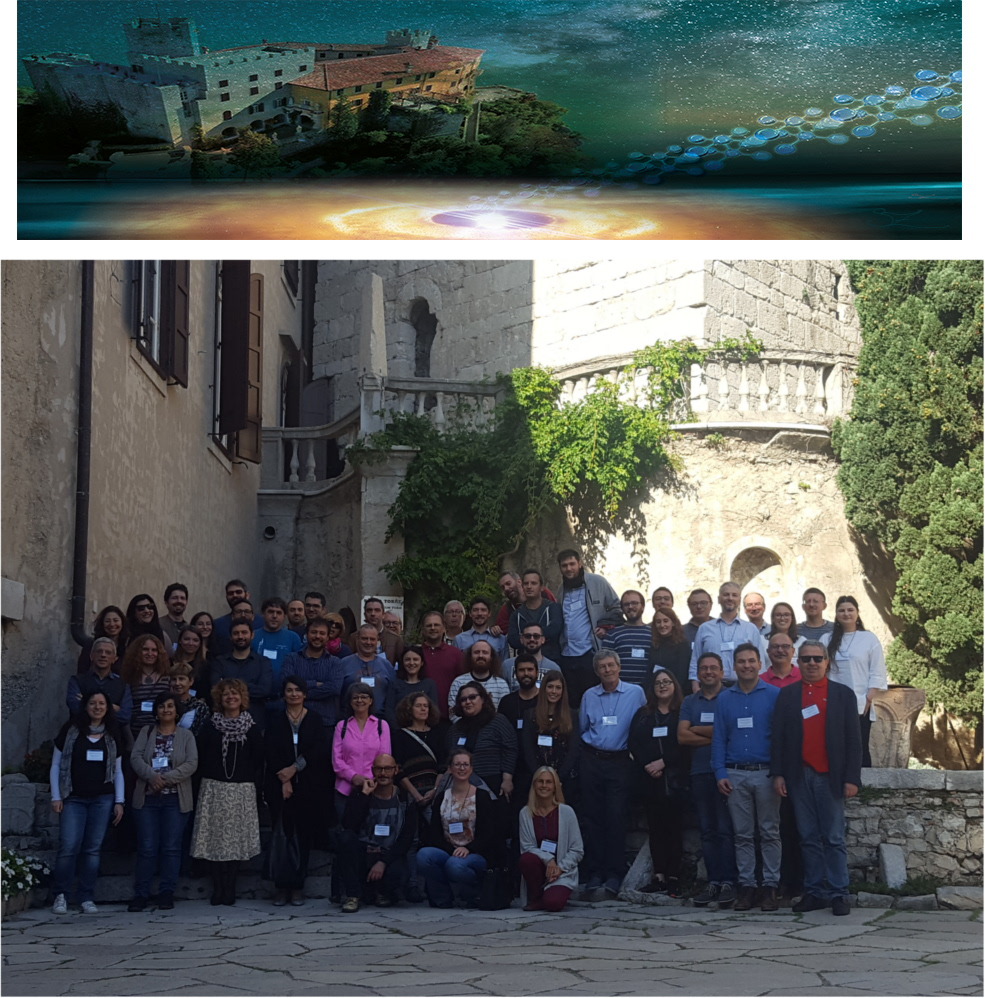Speaker
Description
Two decades of discoveries have revealed in exquisite details the frequency and size of planets around other stars. And yet, their true nature and ability to support life still eludes our understanding. Solving the puzzle requires measuring the physical and chemical properties of exoplanet atmospheres, and enhancing our sensitivity to target temperate rocky planets.
High-resolution spectroscopy (R>25,000) has recently emerged as one of the leading methods to detect atomic and molecular species in the atmospheres of exoplanets. It allows us to resolve molecular bands into the individual spectral lines, and extract their signal through cross correlation with model templates. As an added bonus, it allows us to measure planet rotation and orbital motion directly. I will review the major breakthroughs achieved with this technique, and show how the unprecedented sensitivity of novel spectrographs and the imminent discovery of planets around bright stars by the TESS mission will revolutionise the field in the next few years. Once the next generation of extremely large telescopes will be online, high-resolution spectroscopy will allow us to target potentially habitable planets orbiting M-dwarf stars and hunt for signature of life on other worlds.

